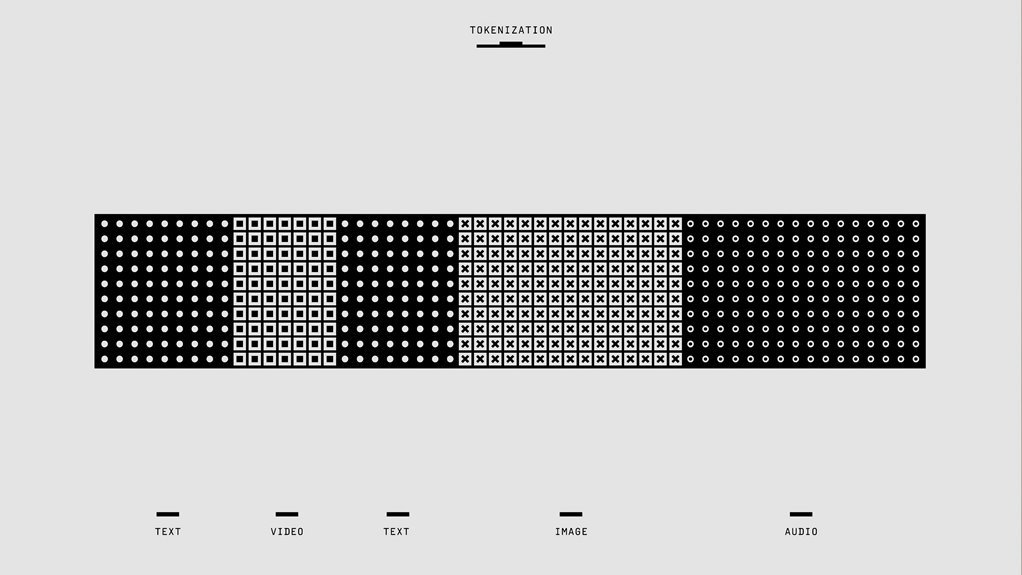Communication Oversight and Compliance Division 5305993009 5122986177 5707086012 5127174110 6143440049 8563332611

Just as a compass guides a sailor through turbulent waters, the Communication Oversight and Compliance Division serves as a crucial navigational tool for organizations. Its mission is to ensure that all messaging aligns with ethical standards and regulatory requirements. Understanding how this division operates and its impact on fostering accountability can be pivotal in enhancing trust and reputation. What specific challenges do you think organizations face in maintaining communication integrity?
Mission and Objectives of the Communication Oversight and Compliance Division
The Communication Oversight and Compliance Division embodies a commitment to integrity and transparency in all communications.
Your mission alignment with ethical standards ensures that compliance strategies effectively support organizational goals.
By fostering a culture of accountability, you empower stakeholders to engage freely while adhering to established guidelines.
This approach not only enhances trust but also strengthens the overall communication framework within the organization.
Key Functions and Responsibilities
While ensuring compliance with communication standards, the Communication Oversight and Compliance Division plays a crucial role in monitoring and guiding organizational messaging.
Its key functions include evaluating communication strategies, enforcing compliance responsibilities, and providing training to staff.
Importance of Communication Integrity
Maintaining communication integrity is vital for fostering trust and credibility within an organization.
By ensuring communication transparency and ethical messaging, you promote an environment that values honesty and accountability. This not only enhances relationships among team members but also strengthens your organization’s reputation.
Prioritizing integrity in your communications allows for open dialogue, enabling everyone to contribute meaningfully to shared goals.
Navigating Regulatory Challenges in Communication
As organizations navigate the complex landscape of communication regulations, understanding compliance requirements becomes essential.
You must develop effective compliance strategies that align with existing regulatory frameworks. This proactive approach not only mitigates risks but also fosters trust and transparency.
Conclusion
In conclusion, the Communication Oversight and Compliance Division champions clarity, credibility, and compliance. By prioritizing principles of transparency, you foster trust and teamwork within your organization. Embracing ethical communication not only safeguards your reputation but also strengthens stakeholder relationships. As you navigate regulatory requirements, remember that a commitment to integrity inspires innovation, ensuring your messaging remains meaningful and impactful. Stay steadfast in your mission, and you’ll cultivate a culture of accountability that benefits everyone involved.




